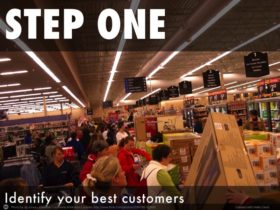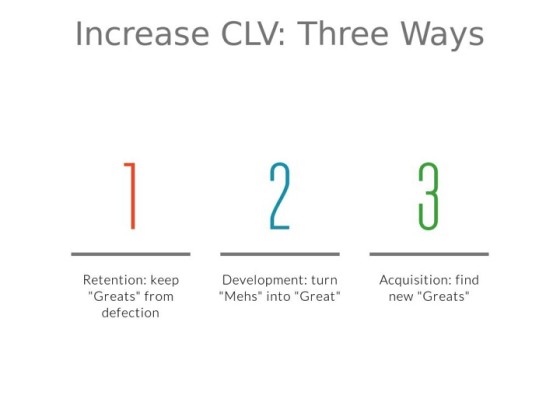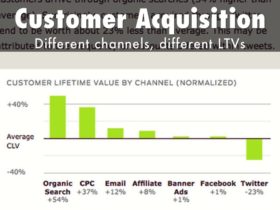Customer Value Optimization. Its the exact same strategy leading to significant profitable growth at company after company I have worked with.
One week ago I alluded to the fact that after running a business for eight years and now consulting for businesses ranging from startups to billion-dollar companies, I’ve observed the exact same strategy over and over and over again.
Note the word “strategy”: this isn’t about tactics — not an SEO hack or an optimized sales funnel or what time of day to send emails. And it’s not some platitude like “the customer is always right” or “it’s better to retain customers than to acquire them”.
No, this is a strategy — an approach that I think comes as close to a universal approach to growth as any I’ve seen.

The more research I’ve done, the more companies I’ve discovered that embrace this strategy to great effect. Amazon. Harrah’s. Bonobos.
I’ve also met a small but vocal cadre of academics and practitioners who advocate this strategy, from veteran HSN marketer Jim Novo (who taught me marketing analytics back in 2003) to Professor Peter Fader at Wharton (who gave me his take on this strategy over Chinese food about a year ago) to Corey Pierson over at Custora (who is building a SAAS app to help companies execute on this strategy) to Jeremy Liew at Lightspeed (ecommerce advocate). And before these fine fellows, catalog companies were executing on basic aspects of this strategy back in the 50’s and 60’s.
Presenting: Customer Value Optimization (CVO)
OK, Sanocki, so what’s the approach?
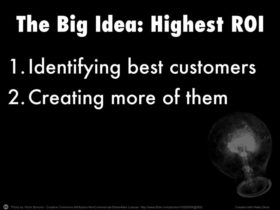 It’s pretty straightforward:
It’s pretty straightforward:
- Identify your most valuable customers, and
- Align your products / services / marketing to attract / create / develop more of them.
In short, businesses should increase overall customer lifetime value (CLV) in order to increase growth and long-term profits.
Why does this drive profits and growth? Because if you implement CVO, your dollars do double-duty. Every dollar you spend on retaining a great customer not only increases their CLV, it increases the CLV of all future customers you acquire.
It’s the highest ROI thing you can do, 90% of the time. [Tweet this!]
Feeling motivated, but confused?

This technique sounds simple enough, but the simplest things can be hard to pin down.
Take the name, for example: what is the strategy called? Professor Fader calls it Customer Centricity in his excellent introductory book on the subject:
Customer centricity is a strategy to fundamentally align a company’s products and services with the wants and needs of its most valuable customers. That strategy has a specific aim: more profits for the long term.
Prof. Peter Fader, Wharton
The catalog industry uses more descriptive terms like Lifetime Value (LTV) or RFM (which aren’t strategies per se unless you talk about maximizing them). Marketers talk about segmentation and targeting (not really strategies either). Most recently web analysts are all about cohort analysis (ditto). The term CRM comes close, but that’s still more about collecting and organizing data than about anything normative.
I call it…

Customer Value Optimization (CVO).
Although stud internet marketers like Ryan Deiss use the same term to apply to funnel optimization, I think that is close enough to what I’m talking about here that we can run with it.
It’s a term I’ll use on this blog over the coming weeks as I elaborate more on how to implement CVO at your business.
Using CVO to Drive Profits
CVO means maximizing the total customer value of your business, but how the hell do you do that?
Remember the two-step process I mentioned above:
- Find out who your best customers are, and then
- Maximize their value.
Who Are Your Best Customers?
Regarding the first step, realize this: in any business, there are no “average” customers. Customers run the gamut from “bad” to “great”:
- “Bad” customers are the ones who might order from you once and then return their purchase. They may take up a lot of customer service time or zero in on low-margin products. This group represents low customer value per customer — your total lifetime profit per customer here is marginal, if it exists at all.
- “Great” customers are just the opposite. They may order a lot, or order high-ticket / high-margin items, or pull out their credit card no-questions-asked. They are happy with their purchases and don’t ask for their money back. In short, they are your dream customers as a business owner, with high total profit and value per customer.
- And “meh” customers are neither here nor there. Not as profitable as the “greats”, not as unprofitable as the “bads”. (Although I break them out as a separate group, you could create all sorts of tiers between “bads” and “goods”, through three tiers is fine for purposes of this illustration.)
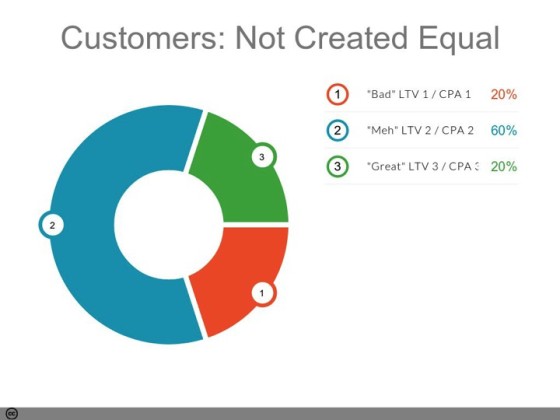
Maximizing Customer Value
Regarding the second step, once you have your “great” customer segment in mind, you CAN and SHOULD create more of them or work to make the existing ones even more valuable. Note that this does not mean that you should “fire your bad customers”; it just means focusing your efforts exclusively on the “greats”.
There are three approaches to do this:
- Acquire more of them — new “great” customers,
- Transform existing “bad” and “meh” customers into “great” customers, and
- Get more value out of the existing “great” customers.
I’ll explore each below.
Approach 1: Acquire More Great Customers
One glance at the source / medium report in Google Analytics will show you: not all traffic is created equal. Different channels acquire different types of customers. They behave differently with varying conversion rates, average order sizes, time on site, etc.
You might find that your organic campaigns and content attract more “great” customers whereas paid ads attract more “bad” ones. And drilling down a bit, specific AdWords ad groups or organic keywords or blog posts might be producing “greats” whereas others are constantly cranking out “bads”.
Given this disparity, the quickest and easiest way to increase the number of “great” customers you have is by acquiring more of them:
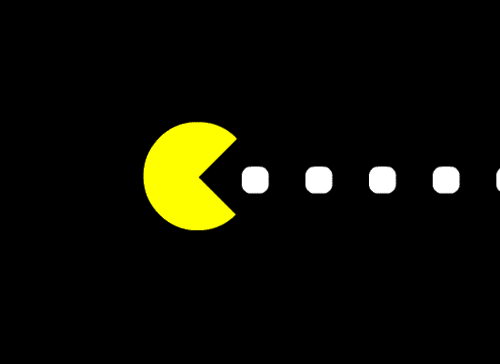
- Spend up on the channels / ad groups / blog posts / sales reps that produce your “greats”.
- Observe what these channels have in common and standardize it across your business.
- Reallocate all your marketing acquisition dollars accordingly, away from the low-value campaigns to the high-value campaigns.
Here’s a personal example. My retailer and one of our competitors sold an identical high-ticket ($10K) Italian lamp which I’ll refer to as the Lampola. Despite my advertising attempts, no one ever bought the Lampola, so I accordingly buried it in our site somewhere and didn’t spend any time marketing it. I did notice, however, that our competitor continued running AdWords ads driving traffic to their Lampola product page.
Years later after we had both sold our companies, the CEO of that competitor and I were having coffee, so I asked him: were you guys actually selling Lampolas??
“No,” he replied.
“Then why were you advertising it so much? I noticed your ads everywhere,” I said.
“Because the visitors who clicked on the Lampola ad came to our site and purchased the Crapola, and they bought a ton of them.”
Bingo. The Crapoloa was a high-margin, high-volume product. This competitor knew which marketing campaigns were driving high-value customers, and he was spending accordingly to acquire high value “great” customers. And he was not only spending accordingly: he was merchandising his site accordingly, making sure the Crapola was a related product on the Lampola product page.
I’ll repeat it here: the quickest and easiest way to increase the number of “great” customers you have is by acquiring more of them.(I not only repeated it, I also bolded it again.) [Tweet this!] So log the marketing acquisition campaign for all of your customers and use that information to figure out which campaigns drive your “greats”. Then spend accordingly.
Approach 2: Turn “Bad” Customers Into “Great” Customers

Obviously, if you could wave a magic wand and turn all of your current “bad” and “meh” customers into “great” customers, you would increase your overall customer value. I don’t know about you, but my wand is broken. Voldemort snapped it in half like a toothpick. That leaves me with the next best thing: identifying “trigger” products and services — products and services that encourage “bads” to become “greats”. At my retailer a key “trigger” product was a low-cost furniture item like a side table. Here’s how that trigger worked in migrating a “bad” into a “great”. . .
- We knew that “bad” customers bought pillows. The pillow category was a low-value category: lots of options, lots of time on the phone, lots of returns.
- Most “bad” customer pillow buyers stayed pillow buyers, but every once and a while we’d have one that would be chugging along buying and returning pillows who out of the blue would purchase a side table — the trigger.
- Because our side tables were a great value, that customer typically loved her purchase.
- Having had had a great experience with the table, the customer 1) wouldn’t return it, and 2) would start buying more high-margin living room furniture.
So the “bad” customer essentially would migrate into a “great” one, and the trigger product was that side table.
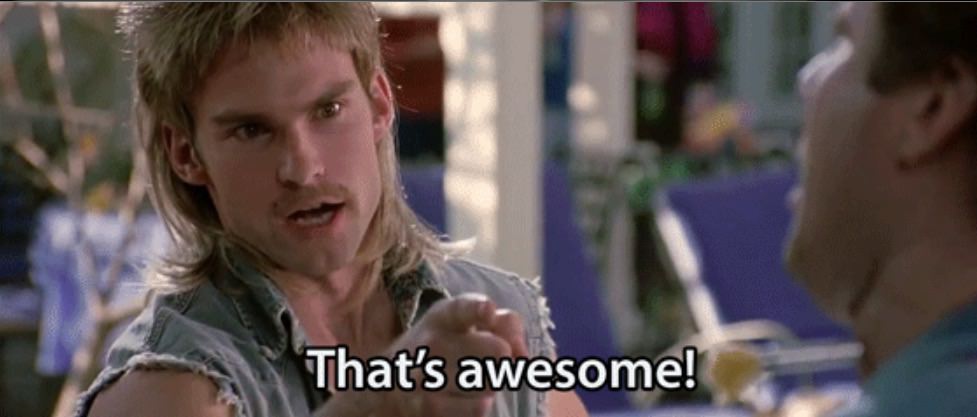
In SAAS, the same logic applies, but the “triggers” are feature sets. What features compel a “bad” freemium customer to take out his or her credit card and upgrade to one of your premium plans? There’s your “trigger” featureset. In both retail and SAAS, once you have identified your “triggers”, you can use them across your marketing and merchandising:
- Promote them to “bad” and “meh” customers via email marketing or on-site popups in an effort to get the customers to migrate upwards in value.
- If you are SAAS, make your trigger features “greyed-out” or “limited-availability” to whet the appetites of the “bad” customers.
- If you are a retailer, display your trigger products as related items on a product page.
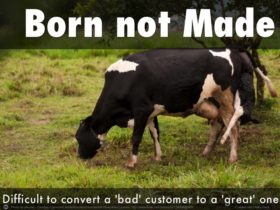
The one disclaimer here is that in the CLV world there’s a saying: great customers are born not made. Although you may be able to transform some “bads” into “greats”, it is often a much more difficult task when compared to either simply acquiring more “greats” (i.e., the previous section) or increasing the value from existing “greats” (i.e., the next section).
Approach 3: Increase the Value of Existing “Great” Customers
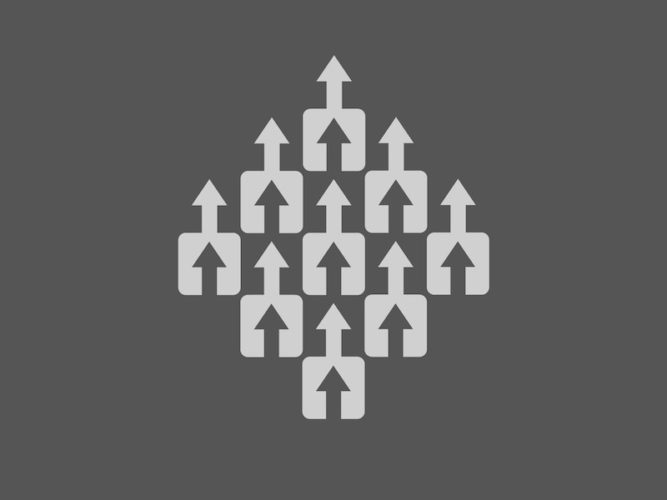
Marketer Jay Abraham put forth an “irrefutable law of business growth” asserting that there are only three ways to grow a business:
- Increase the number of customers,
- Increase the average transaction value per customer (AOV),
- Increase the number of transactions per customer (F, or frequency of purchase).
As you’ll notice, the second and third ways apply only to existing customers: getting them to pay more (increase AOV) or buy more often (increase F). Through the lens of CVO, you would want to do both these things, specifically targeted at your “great” customers.
- Increasing the AOV for “great” customers is easier: observe what they typically purchase and engage in strategic use of upsells and premium services to increase their AOV. At my retailer we found that volume pricing worked well here. If a “great” customer typically bought a pair of pillowcases, we’d offer a discount on four. Worked like a charm.
- Increasing F is a bit more complicated. At retailers it typically involves analyzing purchase behavior to identify defecting “great” customers — customers who will were once frequent buyers but are now tapering off — then designing automated marketing campaigns to “win them back”. An abandoned cart email program is a simple example of this tactic; an anti-defection campaign would be a bit more advanced.
- For SAAS, reducing churn accomplishes the same thing. The longer a SAAS company can keep its “great” subscribers engaged and paying their monthly or annual fees, the better and higher the overall profitability.
Growth Hacking? Forget the ‘Hacks’ if You Want Growth [Tweet this!]
That, in a nutshell, is Customer Value Optimization, the strategic framework that I see leading to growth at company after company.
I am a big proponent of CVO-thinking because it gives everything in your business more context. Marketing hacks and tactics are great, but they are also confusing, overwhelming, and often contradictory.
If you are like me, when you read another “185-point conversion checklist” you want to poke your eyes out with a stick.

I encourage you to avoid this possibility: prioritize your tactics with strategic CVO thinking:
- If you’re looking at SEO, think about how it impacts customer value. Yes, you want to optimize for keywords, but which ones? Answer: the keywords that bring you the highest LTV customers.
- As far as SEM, you want to drive traffic of course, but which channels? Answer: The channels that produce the highest LTV customers.
- That site redesign? It better be to improve the usability of your best customers, not the rest.
- What’s on the homepage? Is it a “top-seller”? You should consider a trigger product instead. I’d take a few great customers over a large volume of bad ones any day.
Over the next few weeks I’d like to delve into CVO more — moving from the strategic level to the tactical — to give you some concrete ways to apply the framework to your business. But I hope this overview makes sense and lays out the basic concepts.
As always, if you have any questions or comments please indulge yourself below — I’ll respond where I can.
And if you want to get all my growth articles delivered to your inbox as I write them — along with some unpublished tips and tricks — sign up for my newsletter.

